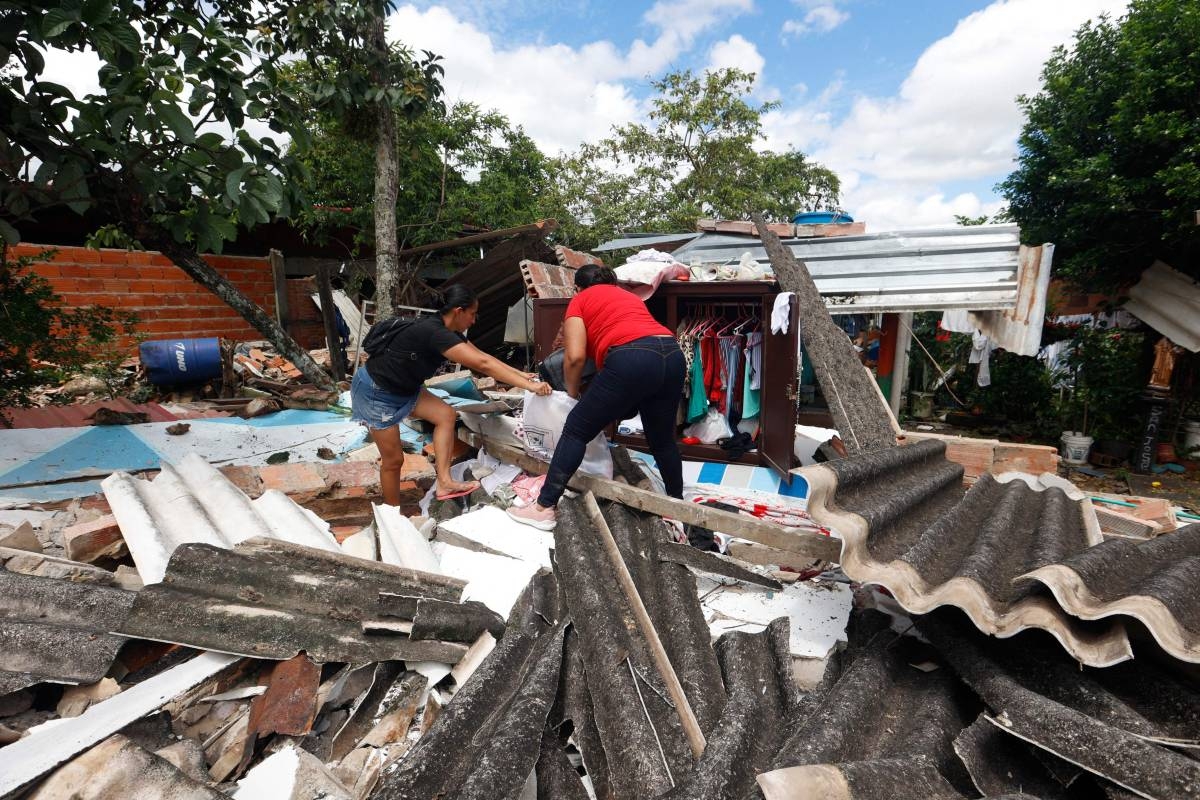Early on Sunday morning, a powerful 6.3‑magnitude earthquake struck central Colombia, sending shockwaves through Bogotá and prompting thousands of residents to pour into streets, parks and open spaces in search of safety. The tremor, which hit at 8:08 a.m. local time, had its epicenter 17 kilometers northeast of Paratebueno—roughly 186 kilometers southeast of the capital. Although no injuries or significant structural damage were immediately reported, the event underscored the persistent seismic risk in a country that averages nearly three tremors each hour.
Residents in high‑rise apartments and concrete office towers felt the ground sway beneath them as air‑raid‑style sirens blared across Bogotá. Witnesses described the experience as intense but fleeting. “I was halfway down the stairs when the walls began to shake,” said María Gómez, a pensioner who lives in the city’s Chapinero neighborhood. “I dropped everything and ran outside in my slippers. The noise was the worst part.” Video clips circulating on social media showed chandeliers swinging, books tumbling from shelves and office desks rocking side to side, although independent verification of those clips remains pending.
Within minutes of the initial quake, the Colombian Geological Service recorded multiple aftershocks ranging from magnitude 4.0 to 4.6. National emergency teams deployed rapid‑response units to Paratebueno and surrounding municipalities, using drones and ground patrols to assess roads, bridges and remote villages. “We have mobilized all available resources to check critical infrastructure,” said Carlos Martínez, director of the National Unit for Disaster Risk Management. “Our first priority is to confirm that no one is trapped and that vital routes are clear.”
At the U.S. Geological Survey, seismologists noted the quake’s shallow depth of 10 kilometers tends to intensify surface shaking, increasing the potential for damage. Their preliminary risk assessment classified the economic impact as “moderate,” with losses estimated between $10 million and $100 million, and a low probability of any fatalities. Despite that assessment, on‑the‑ground reports so far have described only minor cracks in plaster and a handful of fallen roof tiles in rural homes outside the capital.
Local officials in Cundinamarca province set up temporary shelters in schools and community centers, offering water, blankets and medical aid. In Bogotá, some private companies opened their parking lots for people seeking open spaces, and restaurants handed out hot drinks to those left standing on sidewalks. Public transportation resumed quickly, although train and metro services operated at reduced speed until structural checks were completed.
Colombia sits along the edge of the Pacific Ring of Fire, where the Nazca Plate collides with the South American Plate. This tectonic boundary produces frequent seismic activity, with the nation experiencing an average of 2,500 earthquakes each month. The deadliest in recent memory struck near Ansermanuevo in 1999, registering 6.2 on the Richter scale and claiming 1,200 lives. Historical records also show a magnitude 8.4 quake in 1906 that triggered a tsunami along Colombia’s Pacific coast.
Government authorities have invested in public awareness campaigns and mandatory drills in schools, offices and hospitals. Yet experts caution that enforcement varies by region, and many older buildings lack modern reinforcement. “Preparedness has improved since the late 1990s, but we still have gaps,” said Dr. Ana Ríos, a seismologist at the National University of Colombia. She urged residents to review their family emergency plans, secure heavy furniture and stay informed through official channels during aftershock sequences.
As the day progressed, aftershocks continued to rattle the same region, though none approached the strength of the first jolt. Emergency teams plan to maintain high alert for the next 72 hours, focusing on areas where soil liquefaction or landslides could pose additional threats. For now, Colombians who fled their homes hope this event will prompt renewed attention to safety measures and reinforce the value of staying calm and prepared when the earth beneath them trembles.

